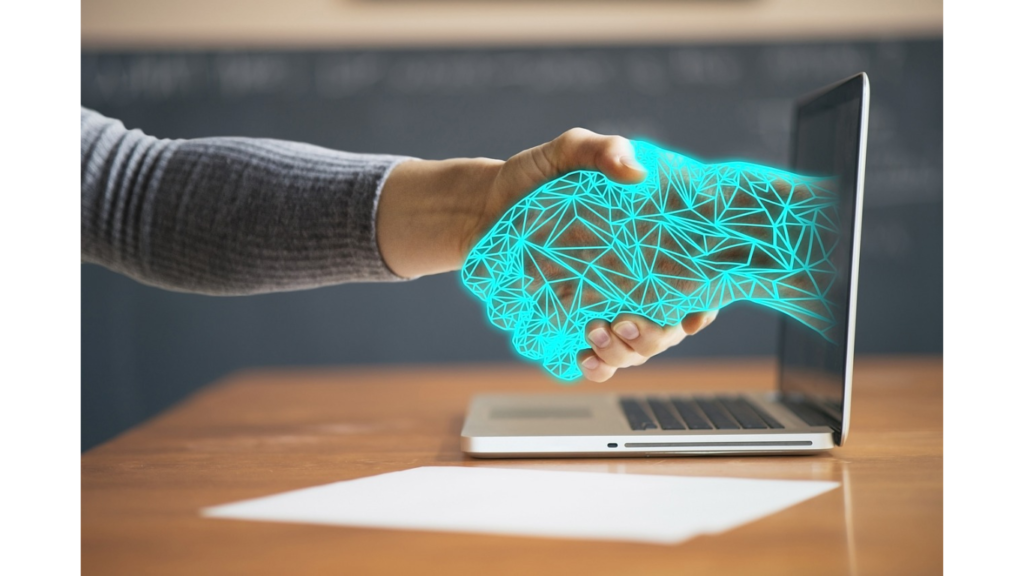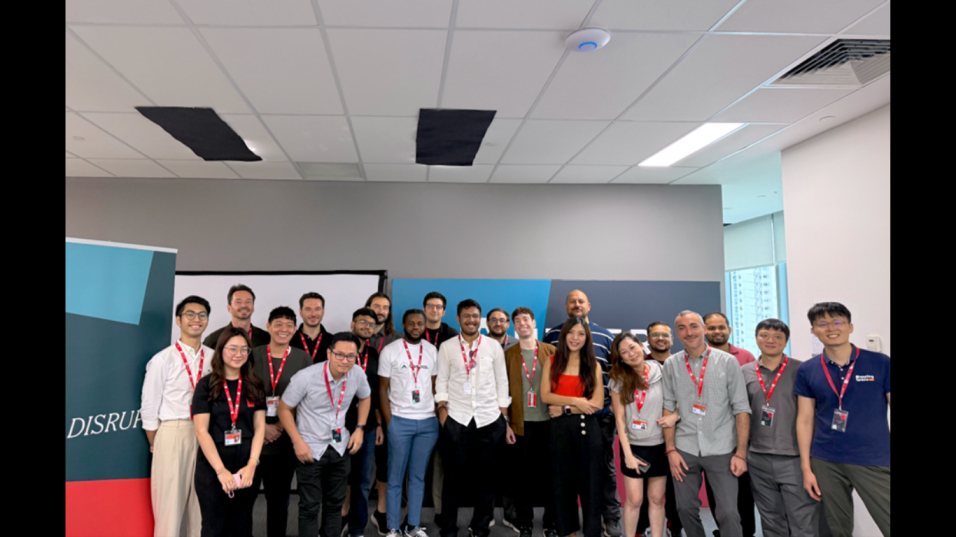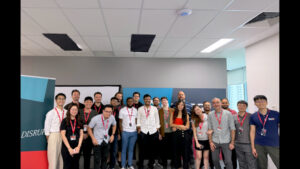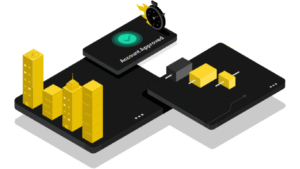Artificial intelligence (AI) has come a long way from being seen as just a robotic helper or a cold algorithm crunching numbers. In the past, businesses often used AI only to automate tasks, save time, or cut costs. While those goals still matter, today there’s a bigger shift happening: companies are starting to design AI systems with people at the center.
This shift is what we call human-centered AI. It’s about creating technology that doesn’t just process information but actually supports human goals, emotions, and creativity. Even in everyday work, this shift is clear. For example, in writing and content creation, teams now use AIHumanize to edit their work so it sounds more natural and connects better with readers—proof that the future of AI is about people first.
In this article, we’ll explore what human-centered AI means, why businesses are adopting it, how it’s driving innovation, the challenges it brings, and where it might be headed in the near future.
What Does “Human-Centered AI” Really Mean?
At its core, human-centered AI is about building systems that work with people, not around them. Instead of focusing only on speed or efficiency, these tools are designed to enhance human creativity, decision-making, and problem-solving.
Unlike the early days of AI, where automation often felt rigid and impersonal, today’s approach is more flexible. It emphasizes empathy, accessibility, and usability. In other words, the best AI today isn’t just smart—it’s approachable and intuitive.
Think about customer support chatbots. Years ago, they often gave stiff, prewritten answers. But now, companies are designing bots that can read tone, adjust their replies, and even admit when they don’t have all the answers. That’s the difference human-centered AI makes.
Why Businesses Are Shifting Toward Human-Centered AI
There are several reasons why companies are leaning into this new approach. It’s not just a trend—it’s becoming a necessity.
- Customer expectations are changing. People don’t want to feel like they’re talking to a machine. They expect personalization, empathy, and a sense that the company understands their needs. Human-centered AI helps meet those expectations.
- It creates a competitive edge. When a business uses AI to make experiences more human, customers notice the difference. This often leads to stronger loyalty and a better brand reputation.
- It reduces risk. Traditional AI systems that lack empathy can come across as tone-deaf or even offensive. By designing AI with human values in mind, companies avoid ethical missteps and strengthen trust.
Real-world examples are everywhere. Retailers use AI to suggest items based on a shopper’s style and preferences. Healthcare providers use AI tools to support doctors by analyzing medical records quickly, giving physicians more time to talk with patients.
How Human-Centered AI Drives Innovation
One of the biggest benefits of human-centered AI is how it sparks innovation. Businesses aren’t just using it to streamline processes—they’re using it to create new possibilities.
- It encourages creativity. By taking care of repetitive tasks, AI frees up people to focus on new ideas. A marketing team, for instance, can spend less time analyzing data and more time brainstorming fresh campaigns.
- It fosters collaboration. When AI tools act as partners rather than simple tools, teams work more effectively. Designers, for example, can use AI to quickly test prototypes and then refine them based on customer feedback.
- It inspires new products and services. Because AI can analyze trends and predict needs, it often helps businesses create offerings that customers didn’t even know they wanted. This kind of insight pushes industries forward.
Consider a design team that uses AI for brainstorming. Instead of replacing their creativity, the AI provides a stream of ideas, which sparks further human imagination. In finance, chatbots are being designed to handle sensitive conversations with more care—helping customers feel reassured during stressful moments. These are just glimpses of how innovation grows when humans and AI work together.
Challenges and Considerations
Of course, building AI that’s truly human-centered isn’t simple. Companies face a few hurdles along the way.
- Ethical concerns are real. AI can kk mom sometimes reflect biases hidden in data. If not carefully managed, this can lead to unfair or harmful outcomes. Businesses need to commit to fairness, transparency, and accountability.
- Balancing automation with the human touch is tricky. Too much automation can feel impersonal, while too little can waste resources. Finding the right mix takes ongoing adjustment.
- Implementation can be costly and complex. Building human-centered AI often requires significant investment in design, training, and monitoring. For smaller businesses, this can be a challenge.
The good news is that these challenges aren’t impossible to overcome. With proper training, responsible data use, and continuous updates, businesses can create AI systems that remain both effective and ethical.

The Future of Human-Centered AI in Business
So, where is all this heading? If current trends continue, the future of human-centered AI looks promising.
- AI will become more like a collaborator than a tool. Instead of replacing jobs, it will become a kind of digital partner that supports people in their daily work.
- More industries will adopt it. From education to healthcare to creative fields, we’ll see AI woven into everyday experiences. Imagine classrooms where AI tutors adjust to each student’s learning style.
- AI with personality will rise. Future systems might be able to adapt to each individual’s communication style, making interactions feel even more natural.
This evolution will redefine what innovation means in business. It won’t just be about being faster or cheaper—it will be about being more human.
Conclusion
Human-centered AI is changing the way businesses think about technology. Instead of focusing only on automation, the new focus is on empathy, ethics, and connection. It’s not about machines taking over—it’s about machines helping people do more of what only humans can do best.
Article received via email































